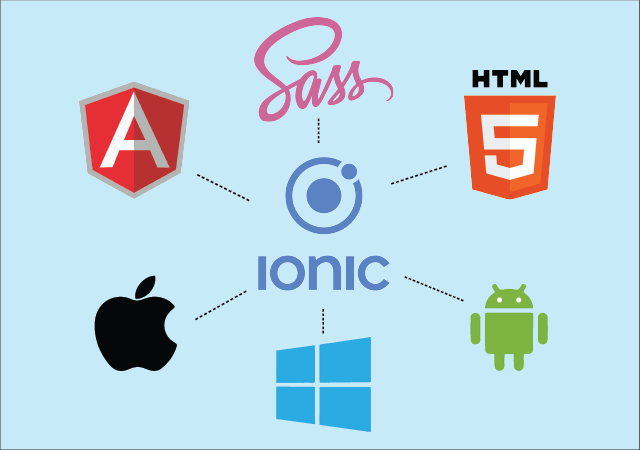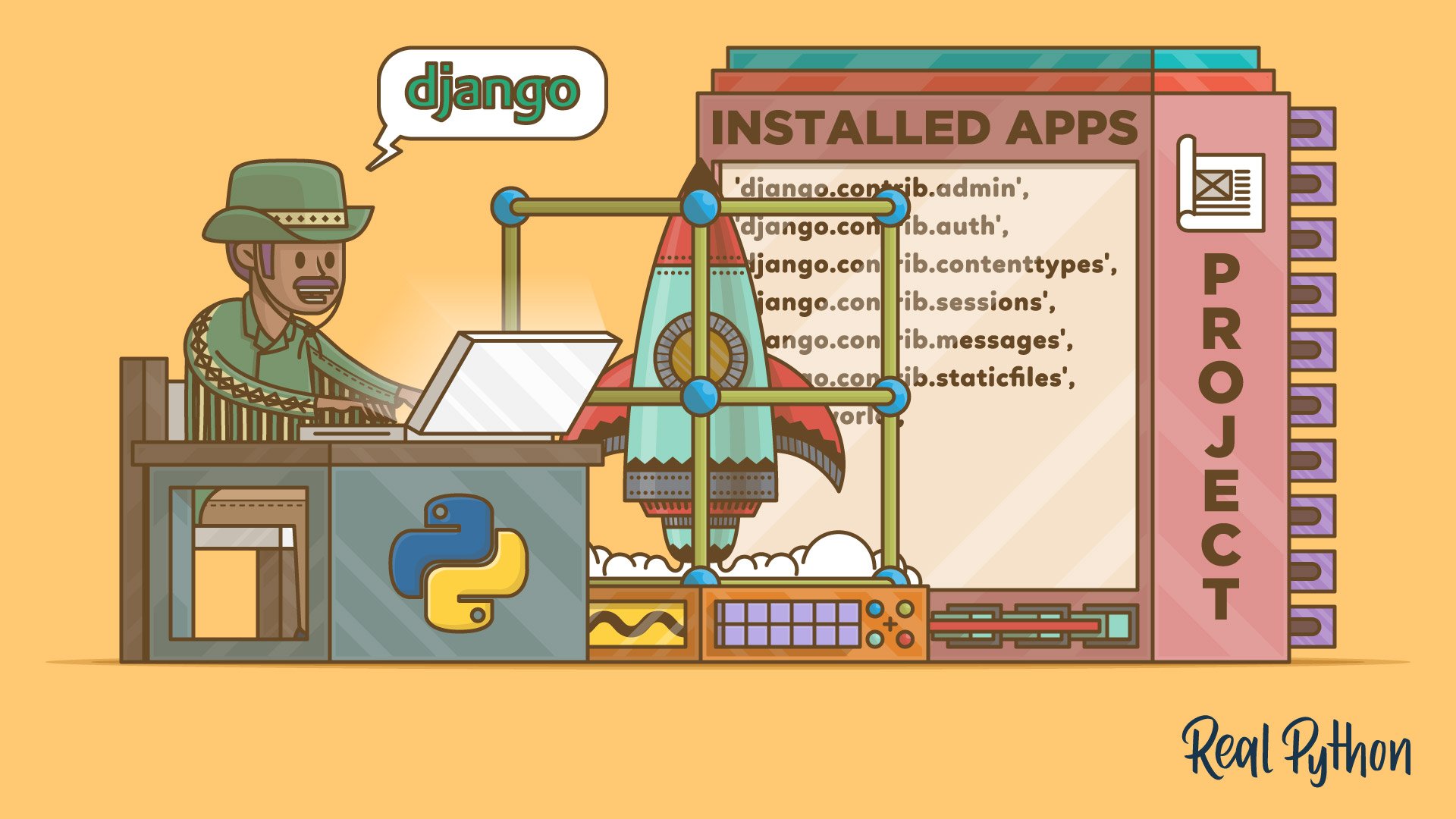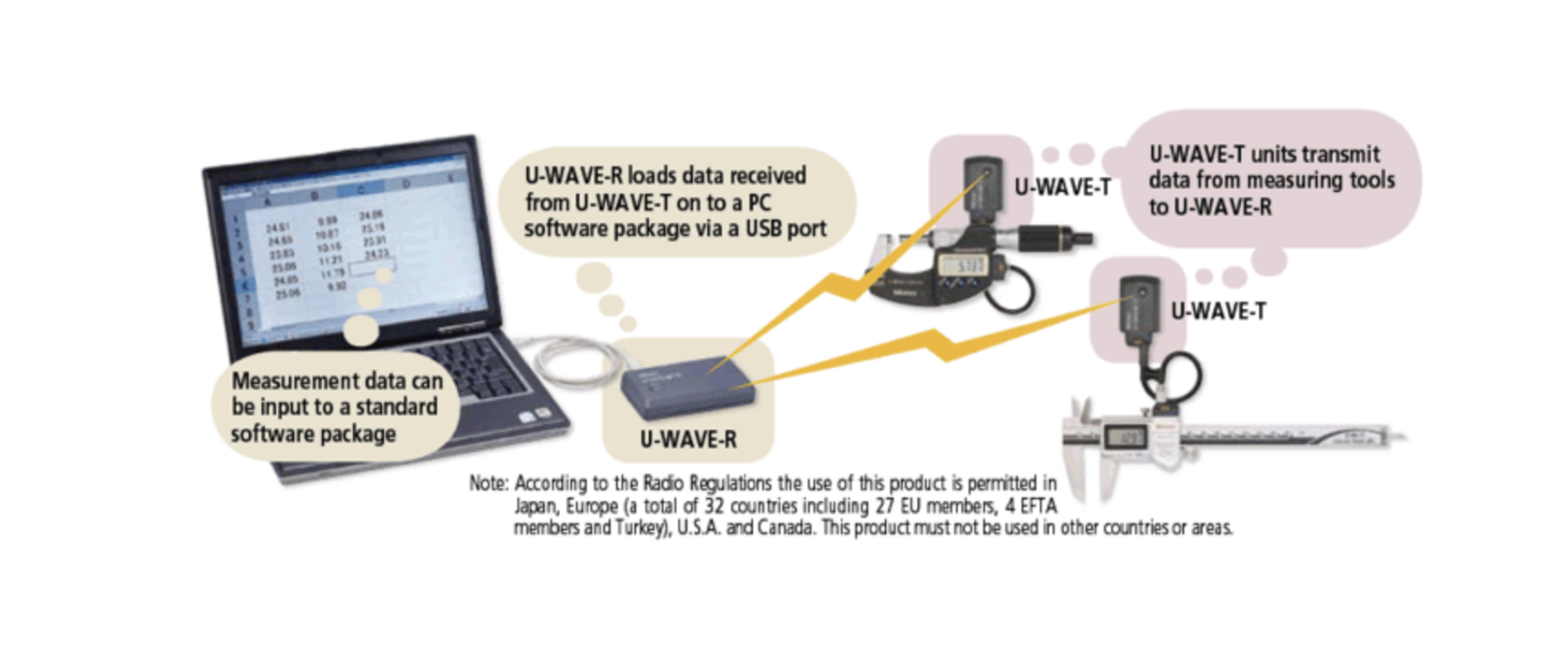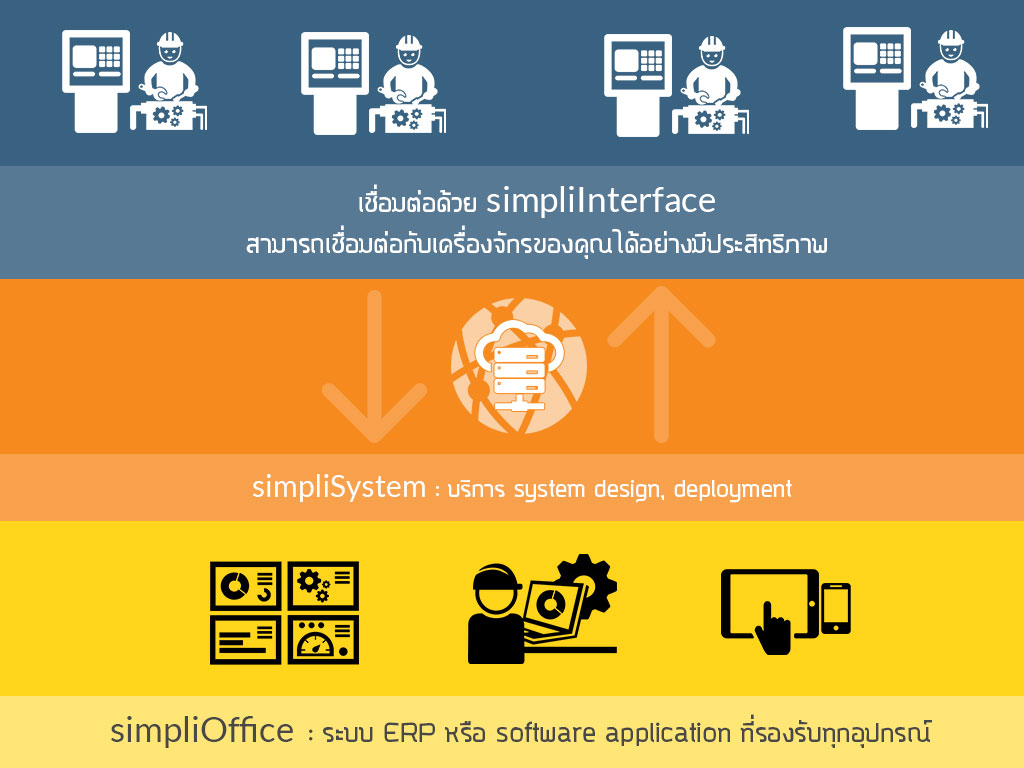Python・Langchain・OllamaでエージェンティックAIを構築する方法(eコマース & 工場自動化向け)
AIは単なるチャットボットから進化し、今や「考えて、計画し、行動する」**エージェンティックAI(Agentic AI)**の時代が始まりました。本記事では、以下の技術を使って現実的なAIエージェントを構築します:
- 🧠 Langchain:ツール利用・メモリ・エージェントロジックのためのフレームワーク
- 🔓 Ollama:ローカルで動作するオープンソースLLM(例:LLaMA3、Mistral)
- 🛒 カスタムツール:eコマースと🏭 工場の自動化に対応
🤔 エージェンティックAIとは?
エージェンティックAIは、以下のような機能を持つ自律型AIシステムです:
- 過去の会話やアクションを覚える「記憶力」
- ゴール達成のためのステップを考える「計画力」
- 外部のツールやAPIを呼び出す「実行力」
- ユーザーの助けなしでも自律的に動作する「自立性」
🧰 技術スタック
| 技術 | 説明 |
|---|---|
| Python | メインのプログラミング言語 |
| Langchain | エージェントのフレームワーク |
| Ollama | LLM(例:LLaMA3)をローカルで実行 |
| カスタムツール | eコマースや工場向けの機能をシミュレート |
🧠 エージェントのアーキテクチャ
graph TD
A["ユーザーの質問"] --> B["Langchain Agent"]
B --> C["LLM (Ollama経由)"]
B --> D["会話メモリ"]
B --> E["ツール選択"]
E --> F["search_products()"]
E --> G["track_order()"]
E --> H["check_production_status()"]
E --> I["log_factory_issue()"]
F --> J["商品データベース"]
G --> K["注文管理システム"]
H --> L["工場設備DB"]
I --> M["メンテナンスログ"]
C -->|"推論&計画"| B
D -->|"文脈保持"| B📦 ステップ1:ツール関数の作成
# tools.py
from langchain.tools import tool
@tool
def search_products(keyword: str) -> str:
return f"「{keyword}」に一致する商品3件を見つけました:A、B、C。"
@tool
def track_order(order_id: str) -> str:
return f"注文 {order_id} は配送中です。"
@tool
def check_production_status(machine_id: str) -> str:
return f"{machine_id} のバッチ #42 は87%完了しています。"
@tool
def log_factory_issue(issue: str) -> str:
return f"問題「{issue}」を記録し、技術者に割り当てました。"🤖 ステップ2:Langchain + Ollama でエージェントを構築
# agent.py
from langchain_community.chat_models import ChatOllama
from langchain.agents import initialize_agent, AgentType
from langchain.memory import ConversationBufferMemory
from tools import search_products, track_order, check_production_status, log_factory_issue
llm = ChatOllama(model="llama3") # 事前に `ollama run llama3` を実行しておく
memory = ConversationBufferMemory(memory_key="chat_history", return_messages=True)
agent = initialize_agent(
tools=[search_products, track_order, check_production_status, log_factory_issue],
llm=llm,
agent=AgentType.CONVERSATIONAL_REACT_DESCRIPTION,
memory=memory,
verbose=True
)💬 ステップ3:エージェントの起動
# main.py
from agent import agent
print("=== eコマース&工場向けエージェンティックAI ===")
while True:
query = input("あなた: ")
if query.lower() in ['exit', 'quit']:
break
result = agent.run(query)
print("Agent:", result)🧪 使用例
あなた: ブルートゥーススピーカーを探して
Agent: 「ブルートゥーススピーカー」に一致する商品3件を見つけました:A、B、C。
あなた: 注文番号99123のステータスは?
Agent: 注文 99123 は配送中です。
あなた: A7機の進捗状況は?
Agent: A7 のバッチ #42 は87%完了しています。
あなた: A7が過熱している問題を記録して
Agent: 問題「A7が過熱している」を記録し、技術者に割り当てました。✅ なぜエージェンティックAIが重要なのか?
- より賢く業務を自動化:ただのチャットではなく、目的達成に向けて動くAIを実現
- コスト効率の良い運用:OllamaとOSSモデルで低コストかつローカル実行
- 拡張性抜群:機能を自由に追加し、自社のシステムと連携可能
- プライバシー保護:クラウドに依存せず社内完結で安全
🚀 次にやるべきこと
- FastAPI または Streamlit でUIを追加
- 実際のデータベースやAPIと連携
- ベクトルDBで長期記憶を実装(FAISS, Chromaなど)
- 複数エージェントの協調動作を試す(CrewAI, LangGraph)
Get in Touch with us
Related Posts
- 古典的プログラミング思考 ― Kernighan & Pike から学び続けること
- コードを書く前に:私たちが必ずお客様にお聞きする5つの質問
- なぜ利益を生むシステムでも「本当の価値」を持たないことがあるのか
- 彼女の世界(Her World)
- Temporal × ローカルLLM × Robot Framework 日本企業向け「止まらない・壊れない」業務自動化アーキテクチャ
- RPA × AI: なぜ「自動化」は知能なしでは破綻し、 知能は制御なしでは信頼されないのか
- 国境紛争・代理戦争をどうシミュレーションするか
- 検索とアクセスを最初に改善する 大学図書館の戦略的価値を最短で回復する方法
- 工場とリサイクル事業者をつなぐ、新しいスクラップ取引プラットフォームを開発しています
- Python で MES(製造実行システム)を開発する方法 ― 日本の製造現場に適した実践ガイド ―
- MES・ERP・SCADA の違いとは? ― 製造業における役割と境界を分かりやすく解説
- なぜソフトウェア開発の学習はこんなにも「つらい」のか ― そして、その解決方法
- 企業はどちらを選ぶのか:GPT型AIか、Gemini型AIか
- GPT-5.2 が GPT-5.1 より真価を発揮する実務ユースケース
- ChatGPT 5.2 と 5.1 の違い ― たとえ話でわかりやすく解説
- なぜ成長する企業は 既製ソフトウェアでは限界を迎えるのか ― 成功している企業が選ぶ次の一手 ―
- コンピュータビジョンのエッジ化と低リソース環境:日本企業における課題と新たな機会*
- Simplico — 企業向けAIオートメーション & カスタムソフトウェア開発(日本市場向け)
- AIによる予知保全 ― センサーから予測モデルまでの全体像
- 会計業務におけるAIアシスタント ― できること・できないこと














